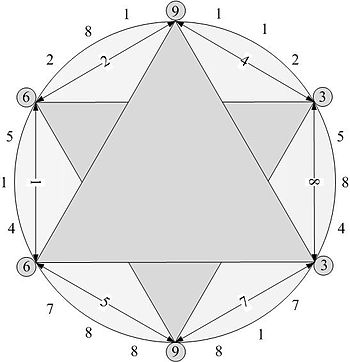As a kid, I read Asimov's Foundation series in which Hari Seldon develops a mathematical description of society called psychohistory. The science in the books is completely fictional, but it always sat at the back of my mind. What if there was a kernel of truth in the fiction? What if people could be predictable?
Psychohistory has two main axioms (taken from the Wikipedia entry):
- that the population whose behaviour was modeled should be sufficiently large
- that the population should remain in ignorance of the results of the application of psychohistorical analyses
The first axiom has an analogy in statistical physics: the number of particles should be sufficiently large. A single atom doesn't really have a temperature because temperature is a measure of how quickly disorder is increasing in a system. A single atom can't increase its disorder, but it can have an energy. It just happens that the rate of entropy increase is proportional to the average energy of a group of particles, so we equate temperature with energy and assume that a single atom can have a temperature. The entropy-based definition of temperature is more general than the energy-based definition: it allows negative temperatures.
The second axiom is similar to what you might expect for a psychology experiment: knowledge of the experiment by the participants can affect the outcome. For example, using purchasing data instead of asking someone outright if they are pregnant because sometimes the contextually acceptable answer will trump the truth.
The important thing is that people are predictable in aggregate. This is what allows a political poll to predict an election outcome without having to ask everyone who will be voting, though polls aren't perfectly predictable in part because someone will be more likely to tell a pollster what they think is socially acceptable, which might not show how they vote when they think no one is watching, thus reinforcing the need for the second axiom.
Continue Reading Predictable Mobs


